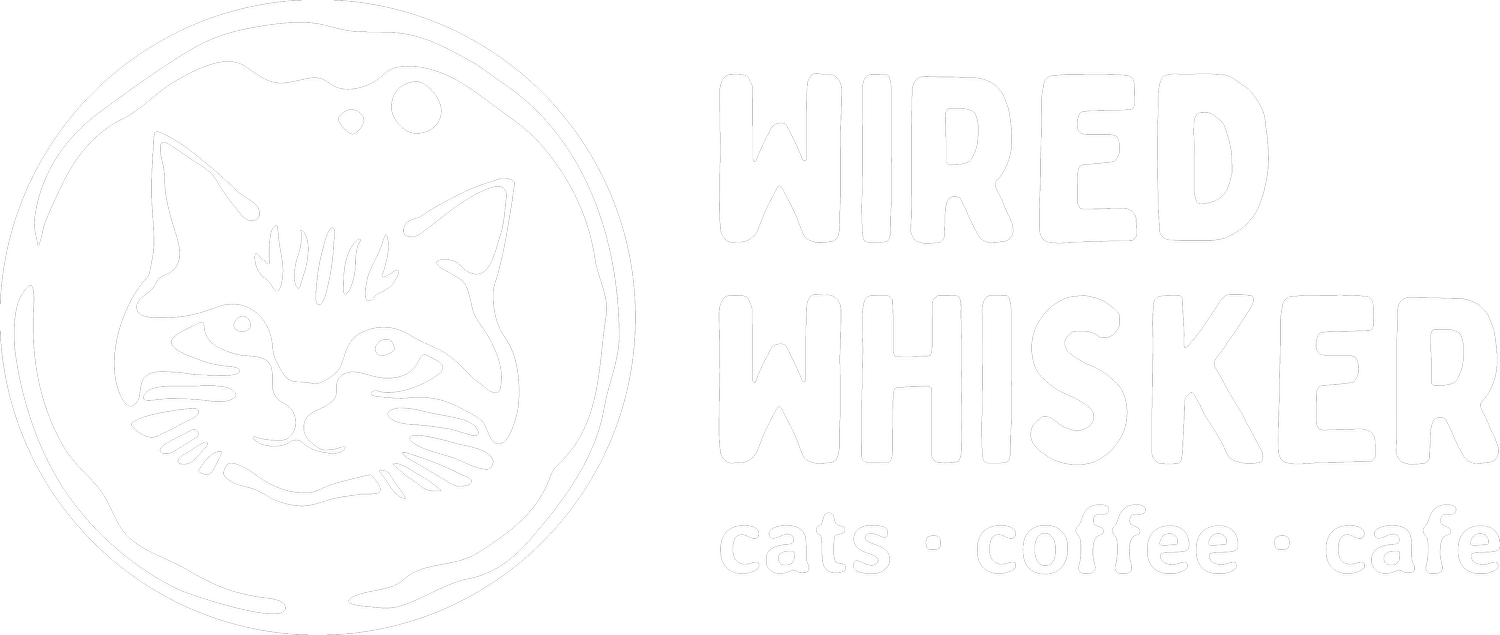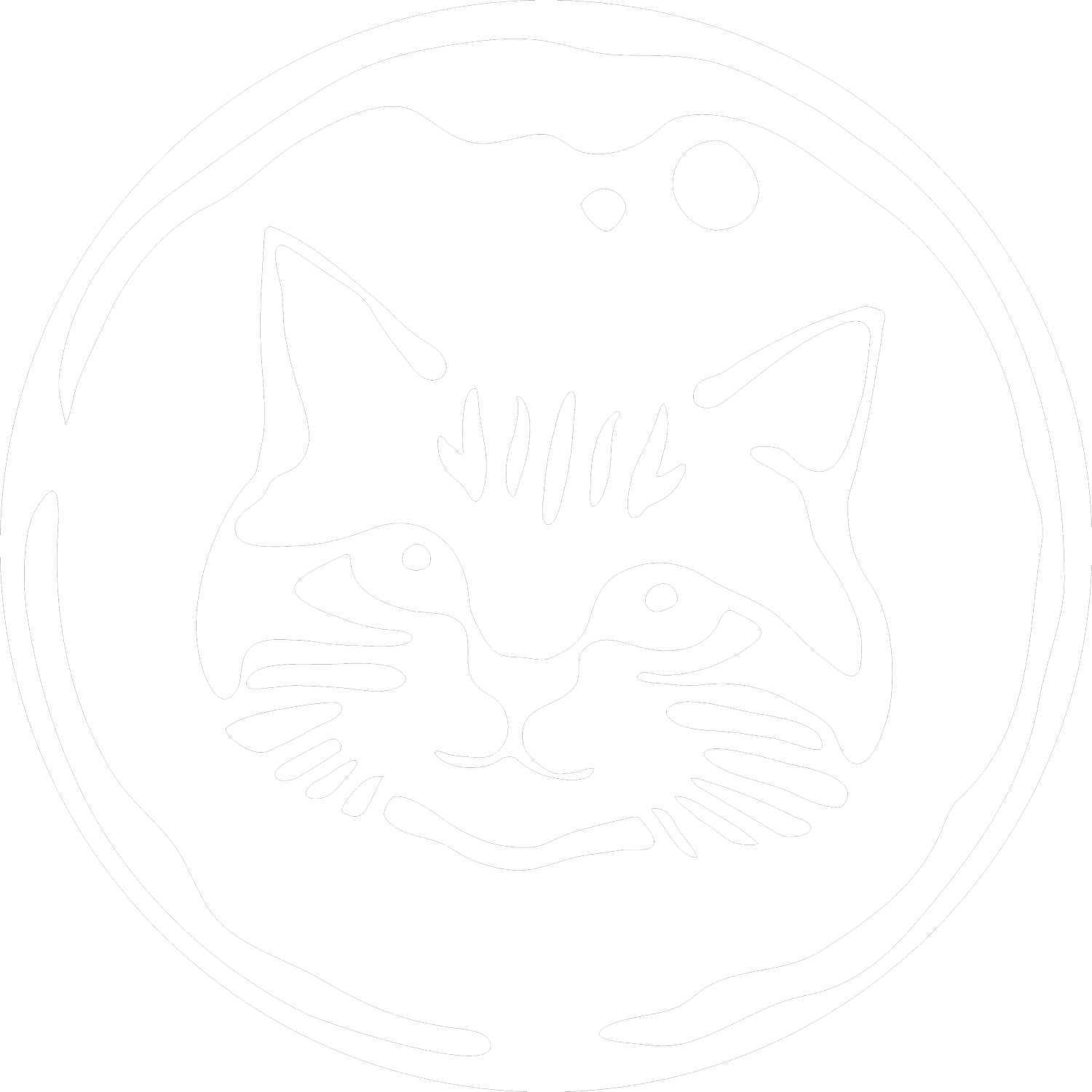Furry Fiber Facts: The Importance of Added Fiber to Your Cat's Raw Diet
A high protein-based diet plays a fundamental role in the overall well-being of your feline friend, which is why many cat owners are turning to quality raw diets that take into account the nutritional requirements of felines. But while a raw diet offers numerous benefits, unless providing a ‘whole prey raw diet’ (think, National Geographic), it may be missing one fundamental element which can wreak havoc on your cat's digestive tract.
Understanding the Raw Diet
A raw diet typically includes raw meat, bones, organs, and small amounts of fruits or vegetables, providing cats with essential nutrients in a form that's similar to their ancestral diet. This diet tends to be high in protein and moisture content, mirroring the nutritional profile of a cat's prey in the wild.
Fur, Feathers, and Feline Fiber
In the wild, cats consume almost every part of their prey, including the fur and feathers. Though not nutritious per se, this indigestible material serves as a natural source of insoluble fiber, aiding in digestion and contributing to the formation of stools. In other words, it keeps cats ‘regular’.
The lack of this natural fiber in a domestic raw diet can sometimes result in firmer, smaller stools, and in some cases, constipation. To be clear, smaller, firmer stools (than stools from a cat eating kibble or canned food) are common and perfectly normal for a cat on a raw diet, however, it's important to prevent your cat from straining to have a bowel movement or becoming constipated, a condition which can lead to serious health complications.
Fiber: The Unsung Hero
Fiber, while not a natural part of a carnivorous diet, plays a crucial role in a cat's digestive health when consuming a raw diet. It adds bulk to the diet and can help manage the consistency of your cat's stools, making them easier to pass.
There are two types of dietary fiber: soluble, which dissolves in water to form a gel-like substance and can help slow digestion, and insoluble, which doesn't dissolve and can help food move through the digestive system. Both are beneficial and should be included in a cat's diet.
Adding Fiber to a Raw Diet
When adding fiber to your cat's raw diet, opt for gentle, easily digestible sources.
Pumpkin: Pumpkin is an excellent choice as it's rich in soluble fiber and can be easily mixed into raw food.
Psyllium husk powder: Psyllium husk powder is the active ingredient in Metamucil and is a great option for your cat. It can be bought in bulk at most co-ops and is very reasonably priced.
Vegetables: Green beans, peas, and certain types of squash are also good sources of fiber that you can add in small amounts.
Commercially available fiber supplements specifically designed for pets can also be used, but always consult with a veterinarian before introducing these to your cat's diet.
While a raw diet undeniably offers a wide array of health benefits for your cat, it's important to understand the whole picture of your cat's dietary needs. Fiber, while not a component of a cat's natural diet, becomes essential when replicating this diet in a domestic setting. By incorporating safe, gentle sources of fiber into your cat's raw diet, you can help ensure your feline friend enjoys the benefits of a raw diet while maintaining a healthy and regular digestive system. After all, our goal is to provide our beloved pets with a diet that not only satisfies their carnivorous cravings but also promotes their overall health and longevity.


